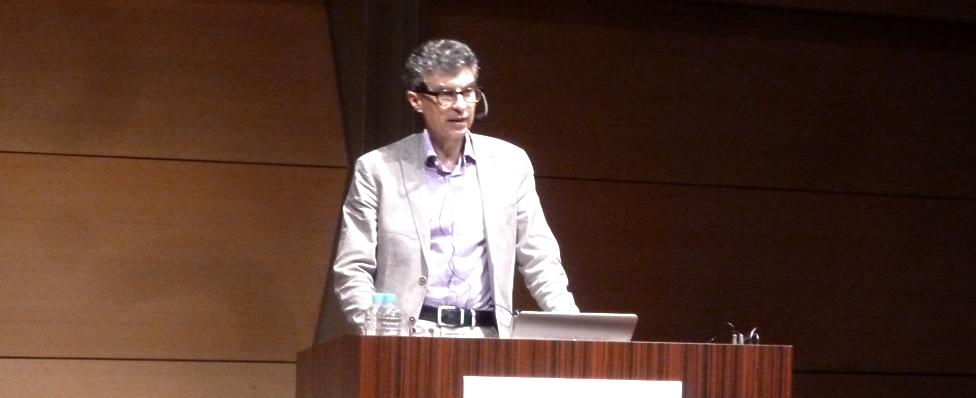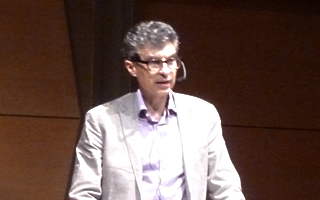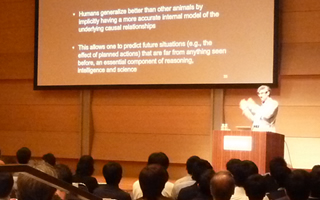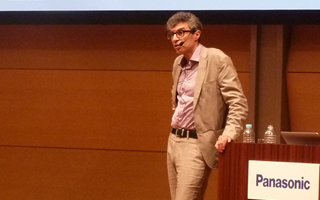First of all, there are a variety of approaches to become successful AI research organizations, including DeepMind acquired by Google and Facebook AI research (FAIR).
The structure of successful AI R&D organizations is rather peculiar: different successful approaches emerged, including Google’s DeepMind acquisition, Facebook AI Research (FAIR) established by a team of the same university, and OpenAI, a non-profit AI research company.
Similarities among these organizations include the fostering of stable research teams, open collaboration, and to focus on challenging long-term missions. To be successful in a competitive environment like AI today, it is essential to ensure a stable operational structure for mid-to-long term.
On the next stage, to pass down inventions to products, it is important to foster proactive interactions between research and business units while avoiding pressure from short-term budget acquisition and solid-line reporting. Frequent interactions between engineers and scientists are created by a co-location environment, where R&D and product units work in the same facility, not by slow and complicated solid-line reporting.
The second factor relates to how research is conducted: world-class AI research projects are carried out in cooperation with numerous research institutions, at both companies and universities. Therefore, publishing early-stage source code and their achievements to the public becomes a key factor for AI research. To protect research ideas, publishing research achievements and source code on web-based open-source library such as arXiv and GitHub in the early stage results in great cost performance alternative to patents. Keeping precious research into a desk drawer won’t bring any benefits to companies, because the developed technology based on this research won’t be adopted and its development progress will stop. Publishing information and source code proactively is a key element for today rapid AI progresses. No matter how hard AI researchers work, they can’t be successful without contribution to open-source ecosystems.










